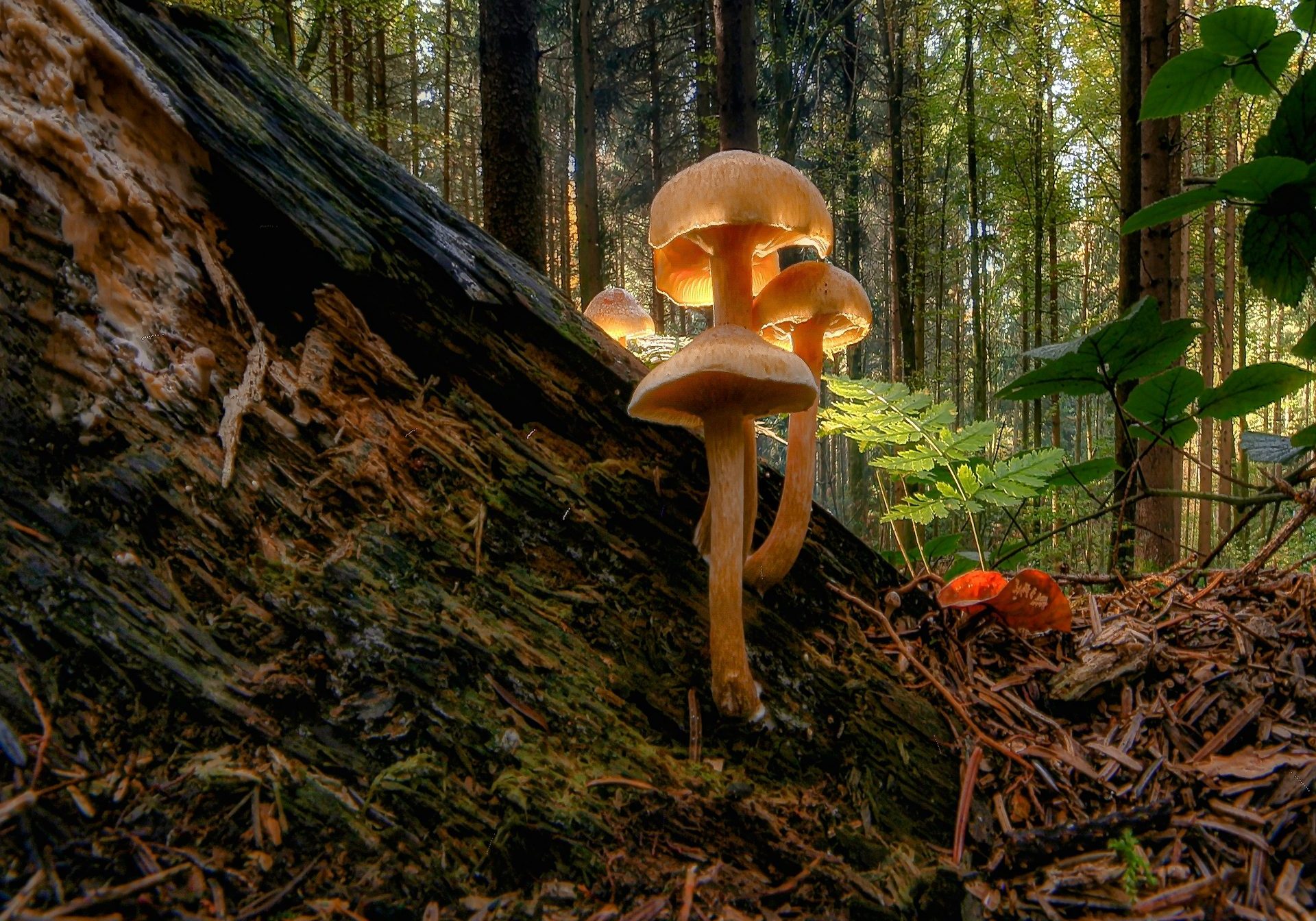What if the law of the jungle is in fact the law of collaboration rather than competition? Judicious observation of nature shows us that it is indeed cooperation that makes nature so resilient and productive in its own way.
The symbiotic association between certain fungi and plant roots, called “mycorrhiza,” is one of the best examples of collaboration in natural ecosystems. The fungal partner allows plants to draw the nutrients they need from an area 10,000 times larger than that covered by their roots alone. In exchange, the plants provide it with various sugars and substances derived from photosynthesis.
The fungus’ fine filaments are able to explore a large volume of soil, extract minerals directly from rocks, and connect multiple plants together, enhancing the plants’ ability to find water and nutrients, and allowing for resource sharing among different types of plants.
This mutually beneficial relationship is the reason for the accelerated colonization of the landmass about 400 million years ago: without it, the planet would be very different, and probably less hospitable. The sharing of resources and the pooling of strengths of all parties in this collaboration are the foundation of life on Earth as we know it today.
Nature is both the most inspiring of classrooms and the most capable of teachers. It offers us the result of over 3.5 billion years of research and development. Collaboration is a fundamental principle of the diversity, complexity and resilience of ecosystems.
How can we creatively leverage this learning in our businesses and organizations?
For too long, competition has been the primary motivation for innovation, and this has brought us collectively to the brink of collapse. The transition from a culture of extraction and waste to a culture of regeneration and cooperation has become urgent.
Why not take inspiration from nature to move our businesses towards ecosystems of mutual and beneficial collaborations, for example by developing circular economies wherever possible? Why not place more emphasis on designing teams where the specific and diverse talents of each member are valued and leveraged, and where collaboration is at the heart of daily work?
It’s time to give more consideration to the well-being of the communities and employees that allow us to thrive by making win-win collaboration the cornerstone of our business. It’s time to realize the full potential of nature’s model for a more just and healthy world. Let’s be creative, and collaborate wholeheartedly.

